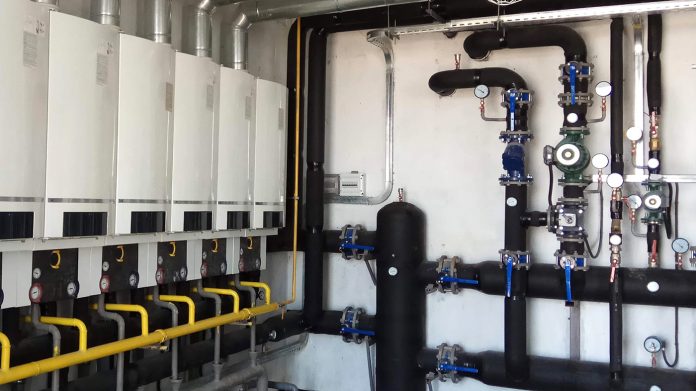
Hotel managers must constantly make smart trade-offs to exceed guest expectations without wasting capital and operating expenses. Here is some practical advice to correctly size water heaters to ensure guests have plentiful hot water, while minimizing energy use, capital expense, and space needs.
In working with many hotel chains and independents, we repeatedly hear several goals expressed regarding water heater sizing:
Reduce Capital Expenses: Most traditional tanked water heaters completely shut down when a single point of failure is triggered (e.g., leaking storage tank). Many engineers plan for this eventuality by adding an entire additional system to achieve “N+1” redundancy. While this approach provides nearly foolproof hot water if one system fails, it requires a substantial increase in upfront investment.
Minimize Expenses and Meet Sustainability Benchmarks: Water heaters operate most efficiently at close to their rated capacity. Oversized and redundant systems operate well below peak capacity, reducing operational efficiency, using more energy, and emitting more CO2.
Reduce Space Needs: Oversized, redundant systems require a significant amount of space to house equipment. Alternatively, this space could be repurposed into revenue-producing space or serve other essential functions within the hotel.
Legionella Safety: Legionella bacteria thrive in stratified hot water storage tanks. Slow-moving water that is teeming with microbial nutrients provides the perfect breeding ground for Legionella. The risk of Legionella growth is compounded in systems with large amounts of storage.
Intellihot offers five key recommendations to meet these goals, while efficiently providing all the hot water demanded by your guests.
1) Integrate real-world data to eliminate wasteful oversizing.
Monitors, sensors, and AI learning can all play a role with data collection. Collect flow and temperature data on the system you are replacing to determine actual water usage. In addition, talk with your plumbing engineer and equipment manufacturer to identify properties installed in similar climates. For instance, if you’re specifying a system for a 150-room hotel in Dallas, analyze the needs for a previously specified like-sized hotel in Atlanta.
2) Eliminate the potential single point of failure.
Many newer commercial tankless systems eliminate this concern by integrating multiple heat engines, each independently controlled. In this manner, if something goes wrong with a component, it self-isolates and the rest of the system continues to provide hot water, eliminating the need for a redundant backup system.
3) Consider systems with higher turndown rates.
These systems will save energy and maintenance expenses throughout their lifetimes.
4) Look to tankless units to provide efficient and safe hot water.
These units also virtually eliminate all standby losses, as they do not store hot water.
5) Specify only manufacturers who guarantee the accuracy of their sizing models.
It takes an expert to specify a system that provides adequate hot water while also minimizing energy use, capital expense, and space requirements.
By applying these recommendations, hotel managers and engineers can eliminate historic inefficiencies and specify systems that cost less to purchase, operate, and maintain. They also save space and produce a healthy hot water supply for their guests.
Robbie Svidron is a corporate trainer for Intellihot, a provider of commercial tankless water heaters.








